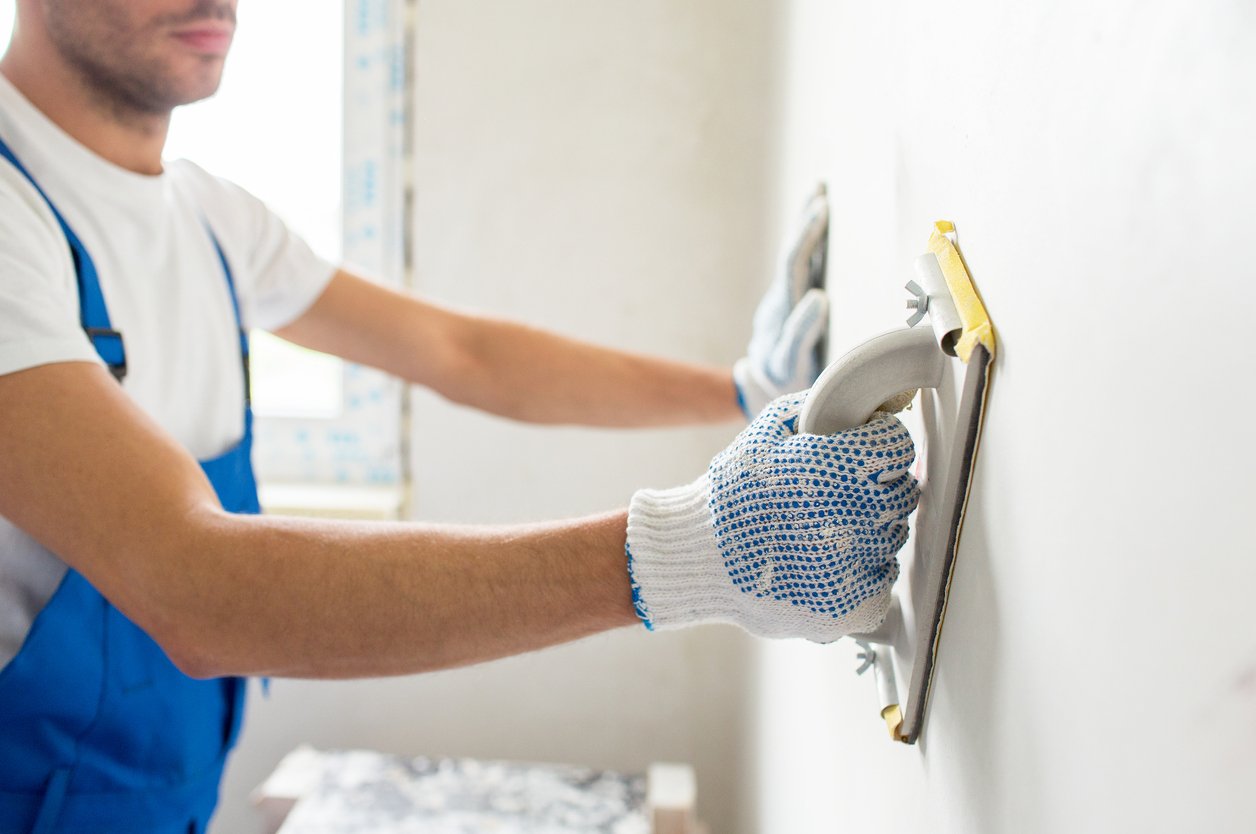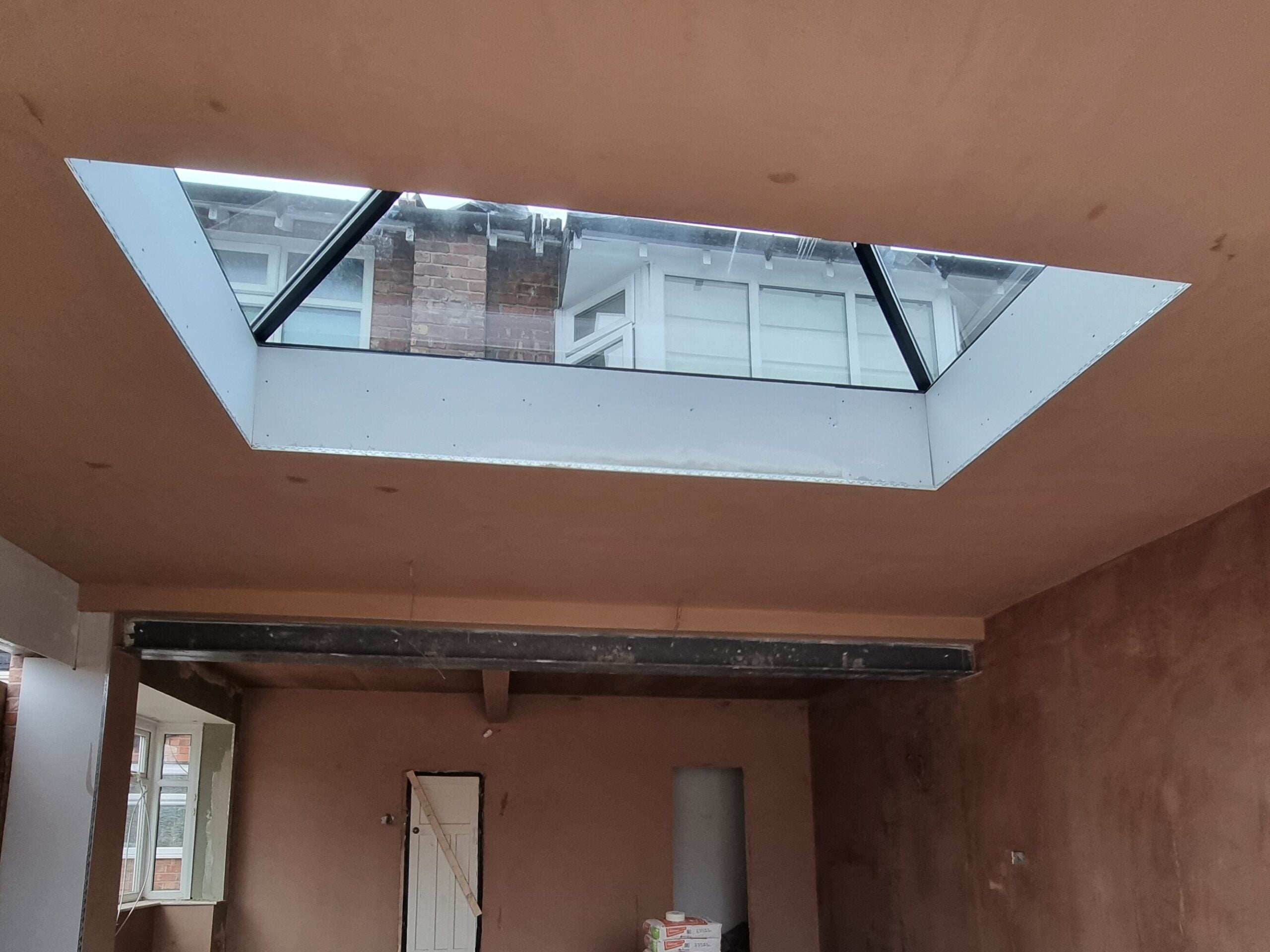Residential Plastering: Change Your Home with Competent Craftsmanship
Wiki Article
A Comprehensive Overview to Learning Plastering Abilities for Your Renovation Requirements

Important Devices and Products
Different vital devices serve distinctive purposes, ensuring effectiveness and precision throughout the smudging process. A top notch trowel, for circumstances, is crucial for using and smoothing plaster, while a hawk offers a secure system for holding the product.Along with tools, picking the best plastering materials is crucial. Gypsum-based plasters are frequently liked for their flexibility and convenience of use, while cement-based options are ideal for exterior applications as a result of their durability. Water and bonding agents play considerable functions in achieving correct consistency and bond, ensuring that the plaster adheres properly to the surface.
In addition, safety equipment such as safety glasses, masks, and gloves is necessary to safeguard against dust and inflammation throughout the application process. By constructing the best mix of tools and materials, plasterers can enhance their ability and generate high-quality surfaces, inevitably raising the general craftsmanship of their work.
Preparing Surface Areas for Plastering
Accomplishing a long lasting and smooth plaster surface begins with meticulous prep work of the surfaces to be plastered. This foundational step is important to making certain adhesion and the durability of the plaster. Begin by analyzing the problem of the substrate-- whether it is drywall, masonry, or concrete-- eliminating any type of loosened paint, dirt, or debris that may interfere with bonding.Next, fix any flaws such as openings or cracks. Make use of an appropriate filler to attain a level surface area; this can be critical for protecting against future issues. When fixed, ensure the surface area is completely dry and clean, as wetness can jeopardize plaster adherence.
For porous surfaces, it is suggested to use a bonding agent. This item enhances attachment and creates a reputable interface between the plaster and substrate. If collaborating with previously plastered surface areas, it may be essential to mess up or sand the area gently to supply a trick for the brand-new plaster layer.
Gluing Methods and Tips
Mastering smudging methods requires both skill and practice to attain a perfect finish. One crucial technique is the application of the plaster in numerous slim layers, as opposed to a solitary thick layer. This approach enables better bond and lowers the risk of fracturing. Start with a skim coat, guaranteeing it is equally spread and leveled with a hawk and trowel. Use a straightedge to look for any type of imperfections prior to going on to succeeding layers.When using the coating layer, use a shoveling method that involves holding the trowel at a small angle and operating in a circular motion. This assists to develop a smooth surface and minimizes the look of trowel marks. In addition, maintain a spray bottle of water convenient to haze the surface gently; this maintains the plaster workable and allows for smoother finishing.
Timing is critical; job effectively, as the plaster begins to set. As soon as the plaster has tightened however is still moist, make use of a damp sponge to delicately smooth the surface further. Lastly, permit sufficient drying out time before fining sand or painting, guaranteeing your hard work results in a professional, top notch surface.
Usual Errors to Stay Clear Of

Another typical error is applying plaster as well heavily. Overzealous applications can bring about breaking and long term drying out times. It's necessary to apply plaster in slim, even layers, enabling each layer to completely dry sufficiently prior to including extra.
Additionally, not making use of the right tools can prevent the top quality of the coating. Using improper trowels or mixers can create variances in the plastering process. Always choose top notch tools created for gluing jobs.
Lastly, many people ignore the importance of timing. Working in unsuitable temperature levels or humidity levels can adversely influence plaster drying out and healing. It is advisable to inspect weather condition conditions and adjust your schedule as necessary.
Ending Up Touches for a Professional Look
The last stages of a plastering job are crucial for achieving a sleek, specialist look. When the plaster has dried out sufficiently, the following step is to analyze the surface for Click Here flaws.After sanding, it's recommended great post to read to clean up the surface to remove any dust and debris. A wet towel is reliable for this purpose, adhered to by a comprehensive drying period. If essential, applying a slim layer of finishing plaster can improve the surface area additionally, supplying a seamless surface.
When the ending up plaster is completely dry, an additional round of fining sand may be needed to attain the preferred level of smoothness. Lastly, think about using a primer before paint or wallpapering, which will improve bond and durability.
Conclusion
Grasping gluing abilities dramatically boosts the high quality of restoration tasks. A complete understanding of necessary tools, surface area prep work, and effective strategies is vital for attaining professional outcomes. Recognition of typical mistakes enables for the evasion of pricey mistakes, while attention to finishing touches makes certain a refined look. Inevitably, the integration of these aspects adds to the creation of smooth, long lasting surface areas that boost the visual worth of any type of space, highlighting the significance of competent plastering in home renovation undertakings.Water and bonding agents play significant roles in achieving correct consistency and bond, guaranteeing that the plaster sticks successfully to the surface area. Plastering.


In addition, keep a spray container of water convenient to mist the surface gently; this maintains the plaster practical and permits for smoother completing. (Plastering)
If required, using a slim layer of ending up plaster can improve the surface area better, supplying a seamless surface.
Report this wiki page